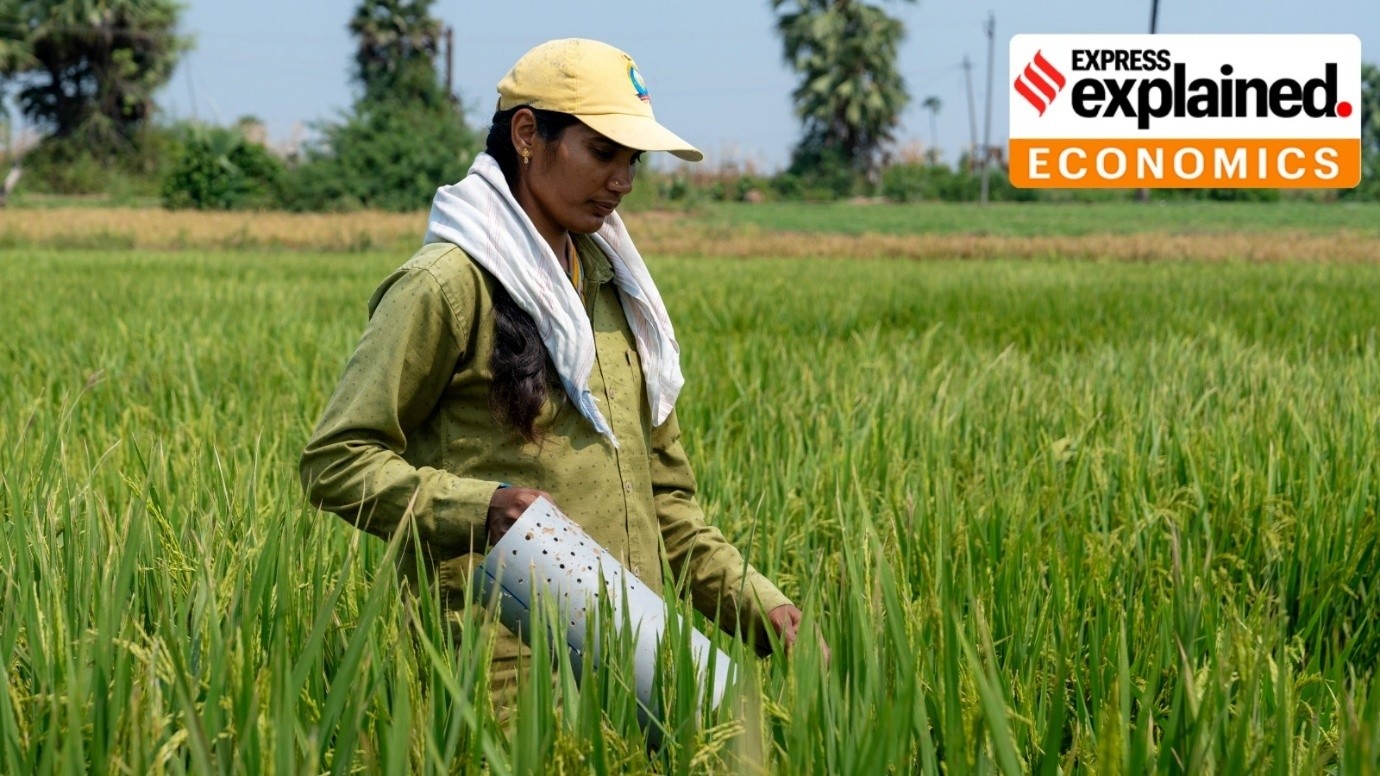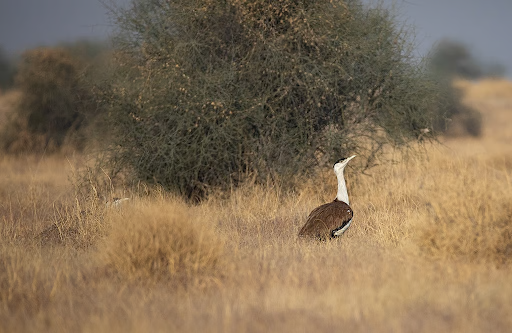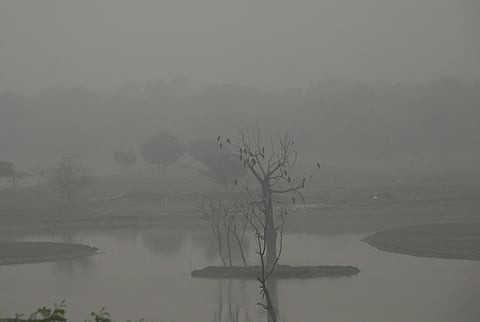



Coringa Wildlife Sanctuary- Experts from the Wildlife Institute of India have successfully radio-collared three endangered fishing cats for the first time, enhancing conservation efforts in Coringa Wildlife Sanctuary, Andhra Pradesh—India’s second-largest mangrove stretch. The sanctuary, home to diverse mangroves and key species like the fishing cat and Olive Ridley turtles, plays a vital role in coastal biodiversity preservation.

Disclaimer: Copyright infringement not intended.
Recently, experts from the Wildlife Institute of India (WII), Dehradun, have collared three endangered fishing cats (Prionailurus viverrinus) for the first time in India.
|
Attribute |
Details |
|
Location |
Godavari Muhana (delta), where Koring River meets the Bay of Bengal, Kakinada district, Andhra Pradesh |
|
Area Composition |
~40% marine-backwater; the rest comprises creeks and tide-submerged areas |
|
Vegetation |
Broad mangroves and dry deciduous tropical forests |
|
Ecological Rank |
The second largest stretch of mangrove forests in India |
|
Flora (Mangrove Species) |
Rhizophora spp., Avicennia spp., Sonneratia spp. |
|
Fauna (Mammals) |
Smooth Indian otter, fishing cat, jackal |
|
Birdlife |
Black-capped kingfisher, Brahminy kite, seagull, reef heron, sandpiper |
|
Conservation Importance |
Coastal Breeding Ground for Olive Ridley Turtles |
|
Aspect |
Details |
|
Scientific Name |
Prionailurus viverrinus |
|
Size & Appearance |
Medium-sized wild cat; stocky build with short legs, a short tail, and a rounded but elongated face. Females are smaller than males. |
|
Behavior |
Solitary and nocturnal; rests in dense vegetation by day and hunts at night, especially in water. Excellent swimmer. |
|
Habitat |
Prefers wetlands such as swamps, oxbow lakes, reed beds, tidal creeks, and mangrove forests. |
|
Distribution (India) |
Foothills of the Himalayas (Ganges & Brahmaputra river valleys), Western Ghats |
|
Distribution (Global) |
Southeast Asia (including Sri Lanka), southern China, Java, Sumatra, and parts of Pakistan and western India |
|
Conservation Status |
- IUCN Red List: Vulnerable - CITES: Appendix II - Wildlife Protection Act (1972): Schedule I |
ALSO READ- https://www.iasgyan.in/daily-current-affairs/goby-fish
Source: The Hindu
|
PRACTICE QUESTION Q. With reference to the Fishing Cat (Prionailurus viverrinus) and Coringa Wildlife Sanctuary, consider the following statements:
Which of the statements given above is/are correct? (a) 1 only (b) 2 only (c) Both 1 and 2 (d) Neither 1 nor 2 Answer: b Explanation: Statement 1 is incorrect: Coringa Wildlife Sanctuary is located where the Koringa River meets the Bay of Bengal, not the Arabian Sea, and it has broad mangroves and dry deciduous tropical forests, not dry thorn forests. Statement 2 is correct: The Fishing Cat is indeed protected under Schedule I of the Wildlife Protection Act, 1972, and it thrives in wetlands, including mangrove forests and tidal creeks. |






© 2026 iasgyan. All right reserved